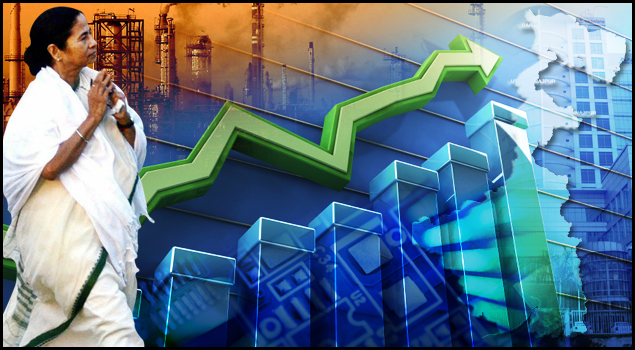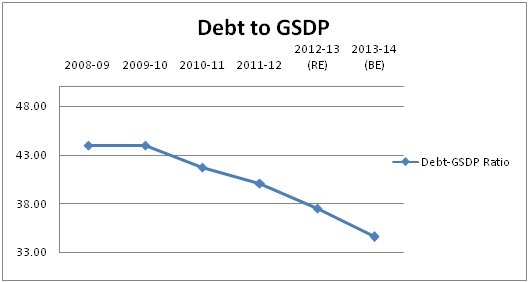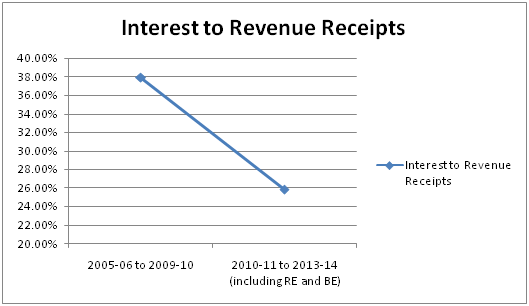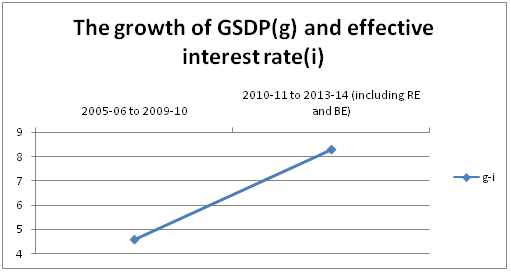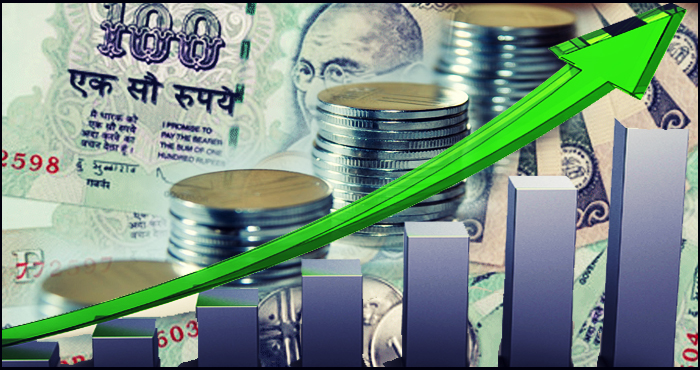Reserve Bank of India has expressed satisfaction over West Bengal’s ability to grow own revenue.
“Revenue augmenting capacity improves in West Bengal, The state may cut down borrowing to reduce fiscal stress” RBI Deputy Governor HR Khan said Friday.
RBI Governor Raghuram Rajan said he met state finance cum industry minister Amit Mitra over a dinner and discussed the state’s financial health and the challenges it is facing.
According to state finance minister Amit Mitra, the state raised Rs 82,946 crore in the first four years of Trinamool Congress rule, out of which Rs 76,346 crore was spent towards interest and principal repayment.
Bengal’s fiscal deficit as percent of gross state domestic product was 3% for FY15 with revenue deficit at 1.3%, which were improvements compared to preceding fiscal.
The story was first published in The Economic Times



